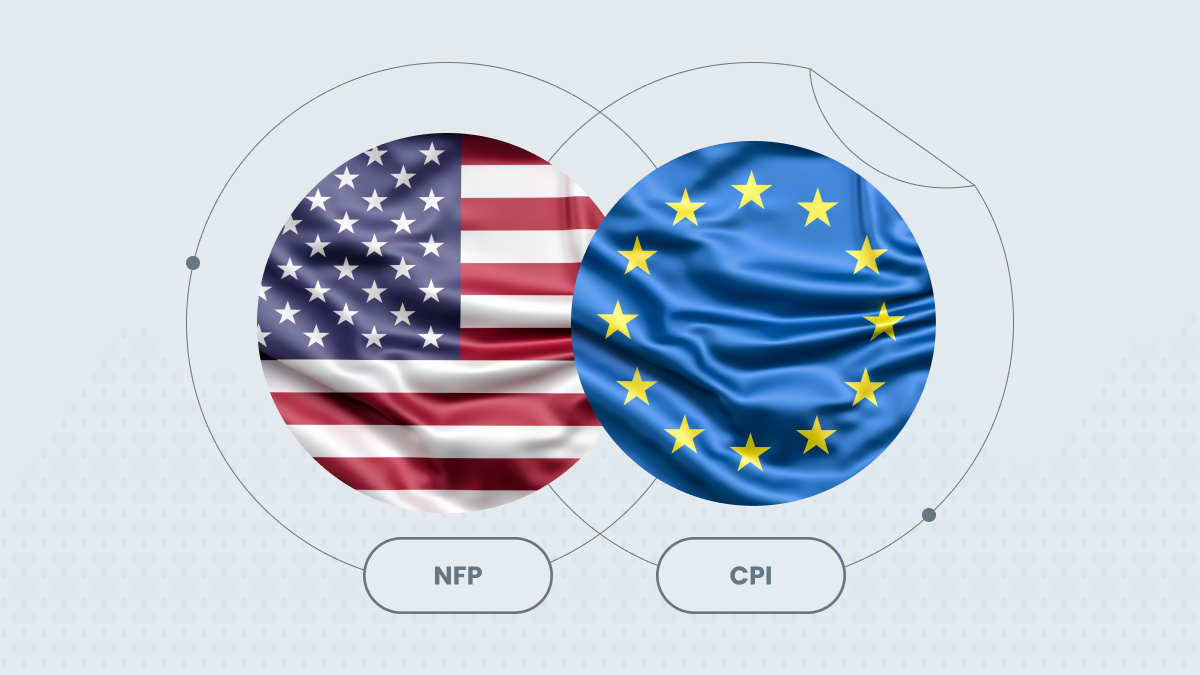
An overview of NFP and CPI data
There are two key indicators that traders use to predict market movements: non-farm payrolls (NFP) and consumer price index (CPI). These indicators directly affect currency, stock, bond, and commodities markets. They help us understand how the economy is doing and can influence decisions made by central banks, such as changing interest rates. In this article, we will explore the changes in NFP and CPI, and how to adjust your strategies accordingly.
What is NFP?
Non-farm payrolls is a monthly report that comes from the U.S. Department of Labor. It shows how many new jobs were added to the economy in a given month, excluding certain types of workers. This report is a key indicator of the health of the U.S. job market and overall economy. It helps us understand how well the economy is doing.
The markets, especially the currency market, pay close attention to this jobs data. A strong increase in jobs can indicate economic growth, while a weak report could suggest a possible recession. For instance, on March 10, 2023, the NFP report revealed an increase of 311 000 jobs, surpassing the expected 205 000. This led to a rise in the prices of currency pairs like USDEUR and USDGBP, with forex traders increasing their bets on the US dollar.
The Federal Reserve closely watches NFP data because employment levels impact inflation and the economy as a whole. If job numbers go up, it could mean higher inflation and prices, prompting the Fed to consider raising interest rates. NFP data also influences Treasury yields, which reflect the economy’s strength. A strong jobs report can lead to higher yields as markets anticipate tighter monetary policy. In July 2023, following a solid NFP report, U.S. 10-year Treasury yields jumped.
.png)
.png)